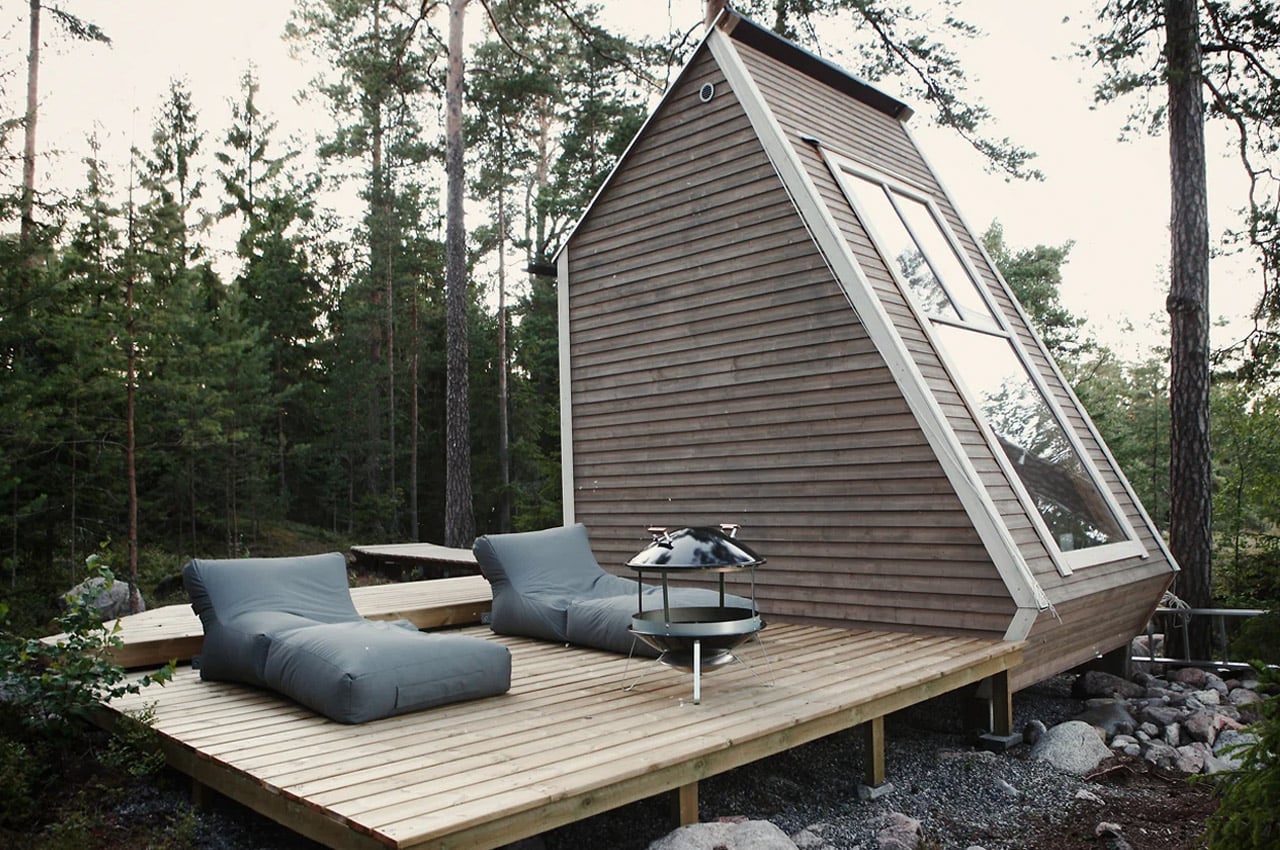
The field of architecture is honestly so expansive and creative that it boggles my mind! Innovation is a norm, and architects are always trying to outdo their own ideas, resulting in architectural structures that are fresh, inventive, and interesting. The start of a new year is always an exciting time, since groundbreaking ideas are at their inception, and are slowly transforming into trends. These trends are often revised and enhanced versions of pre-existing architectural ideas, or completely new ones that take over the whole industry by storm! And, we’ve curated a collection of intriguing architecture trends that we feel are truly making waves in 2022 and could continue to dominate in the coming years. From sustainable and minimal tiny homes to architectural designs that literally float on water – these futuristic trends look like they are here to stay!
1. Tiny Homes
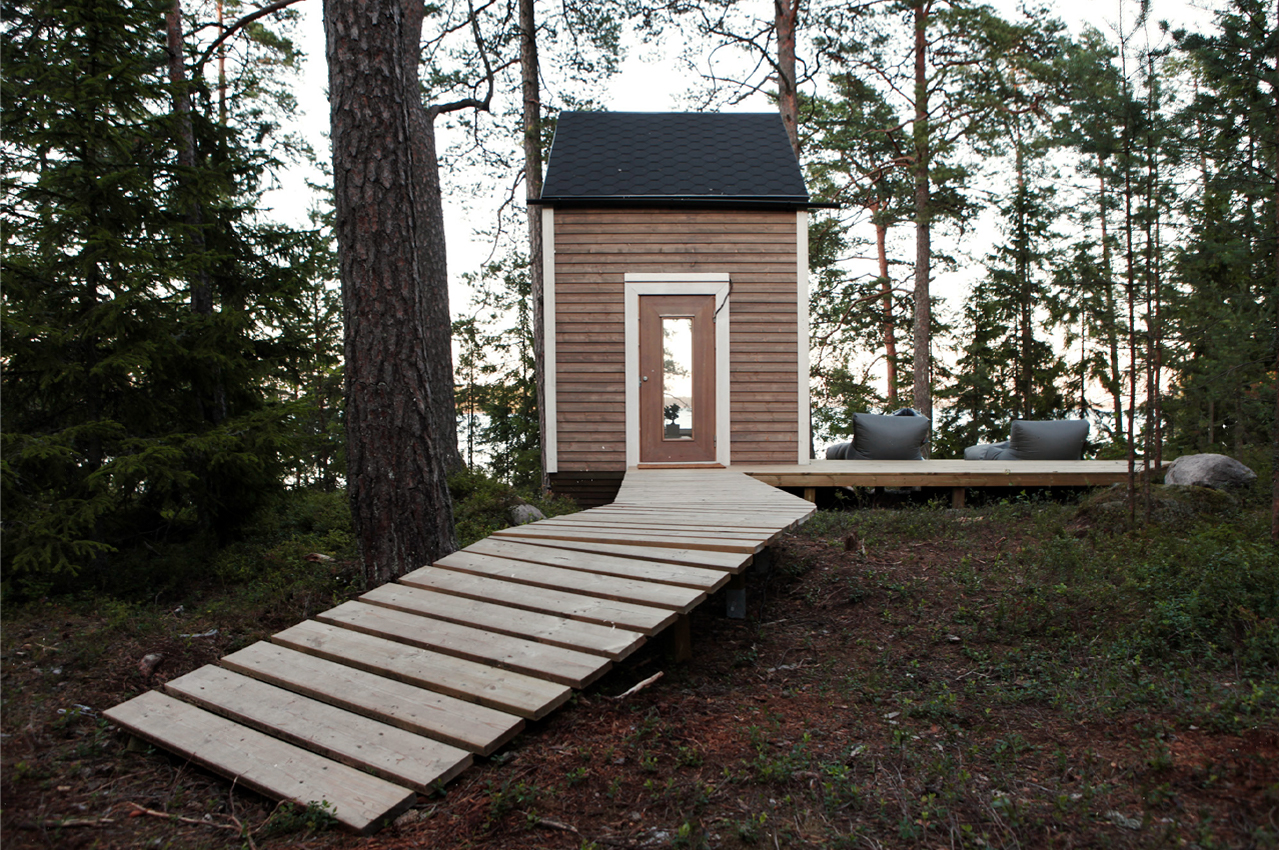
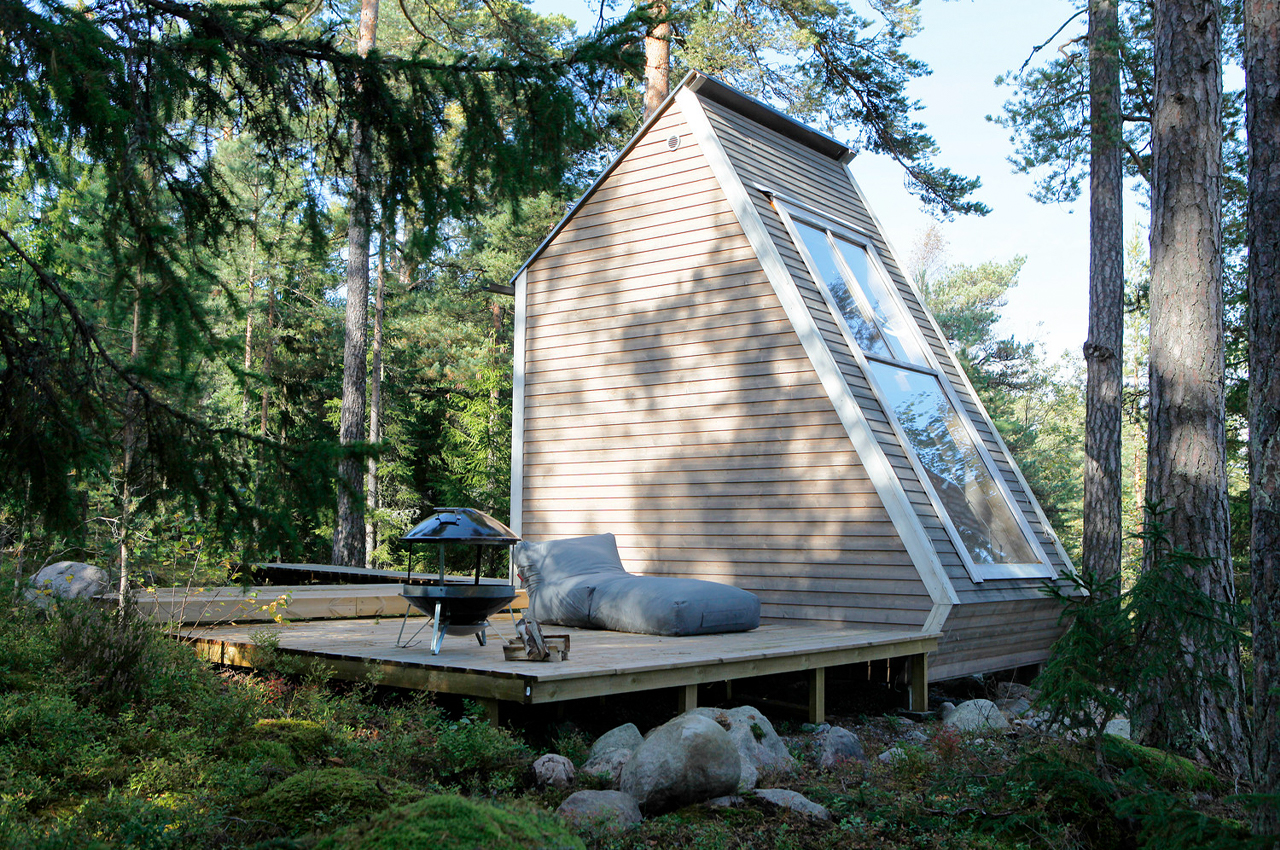
Ever since the pandemic shook up our world, we’re trying to incorporate sustainability into every aspect of our life, including our homes! And, with everyone aspiring toward’s eco-friendly and mindful ways of living, tiny homes have completely taken over the world of architecture and cemented their place as sustainable, minimal, and economical micro-living setups. What started off as a cute little trend is now turning into a serious option for home spaces. They are a space-saving and eco-friendly living solution that reduces the load on Mother Earth! They’re simple and minimal alternatives to the imposing and materialistic homes that seem to have taken over.
Nido is a tiny cabin with a 100-square-foot floor plan to meet Finland’s zoning laws that do not require a building permit for houses with a floor plan between 96 and 128 square feet. The cabin comprises two levels and keeps a low profile exterior, with unstained wooden siding and white painted frame elements that tie the cabin together with a touch of elegant simplicity. A bare ramp walkway composed of wooden planks leads to the tiny cabin’s entrance and connects to the cabin’s side deck. Inside, angled, expansive windows drench both floors with natural sunlight and compliment the home’s natural wooden interior and soft hues of the Nordic-inspired color scheme found throughout the cabin.
2. Prefabricated Architecture
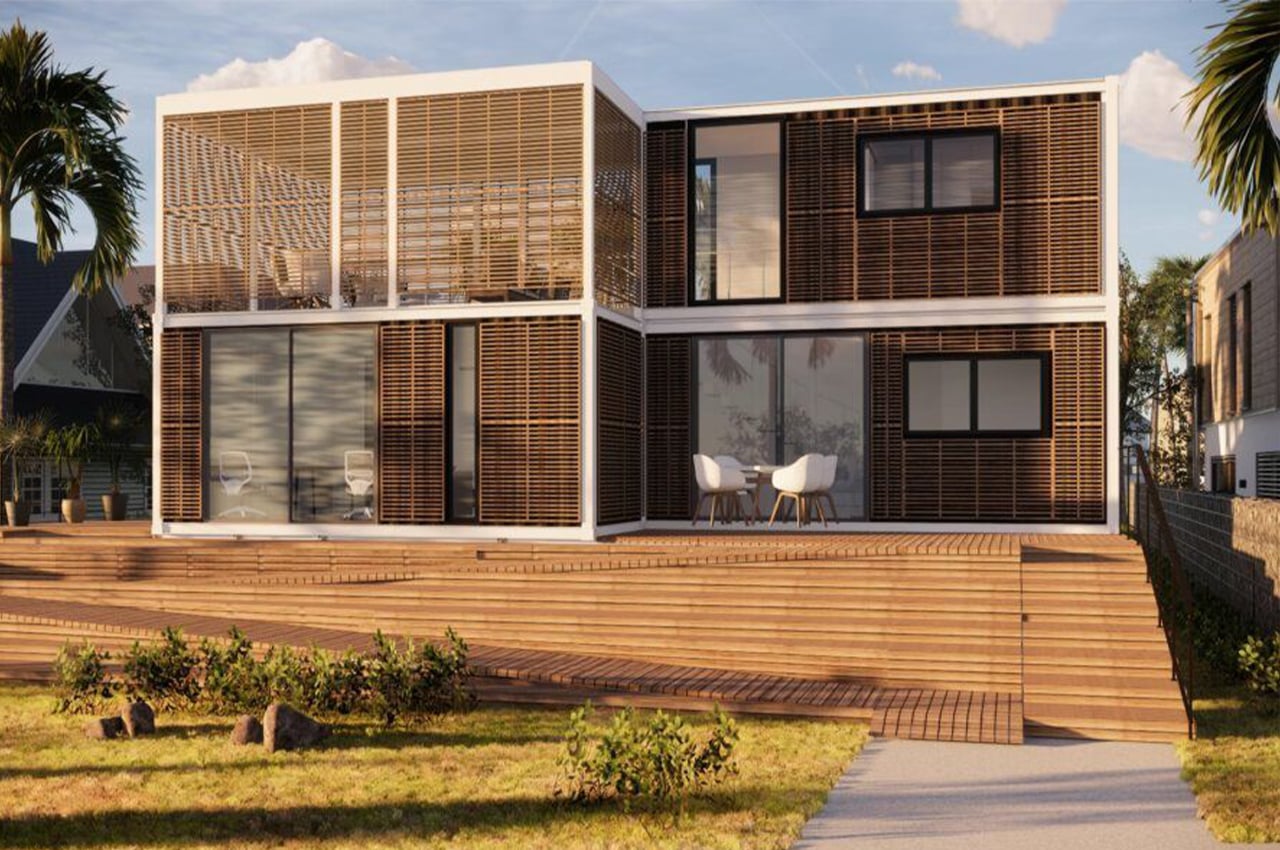
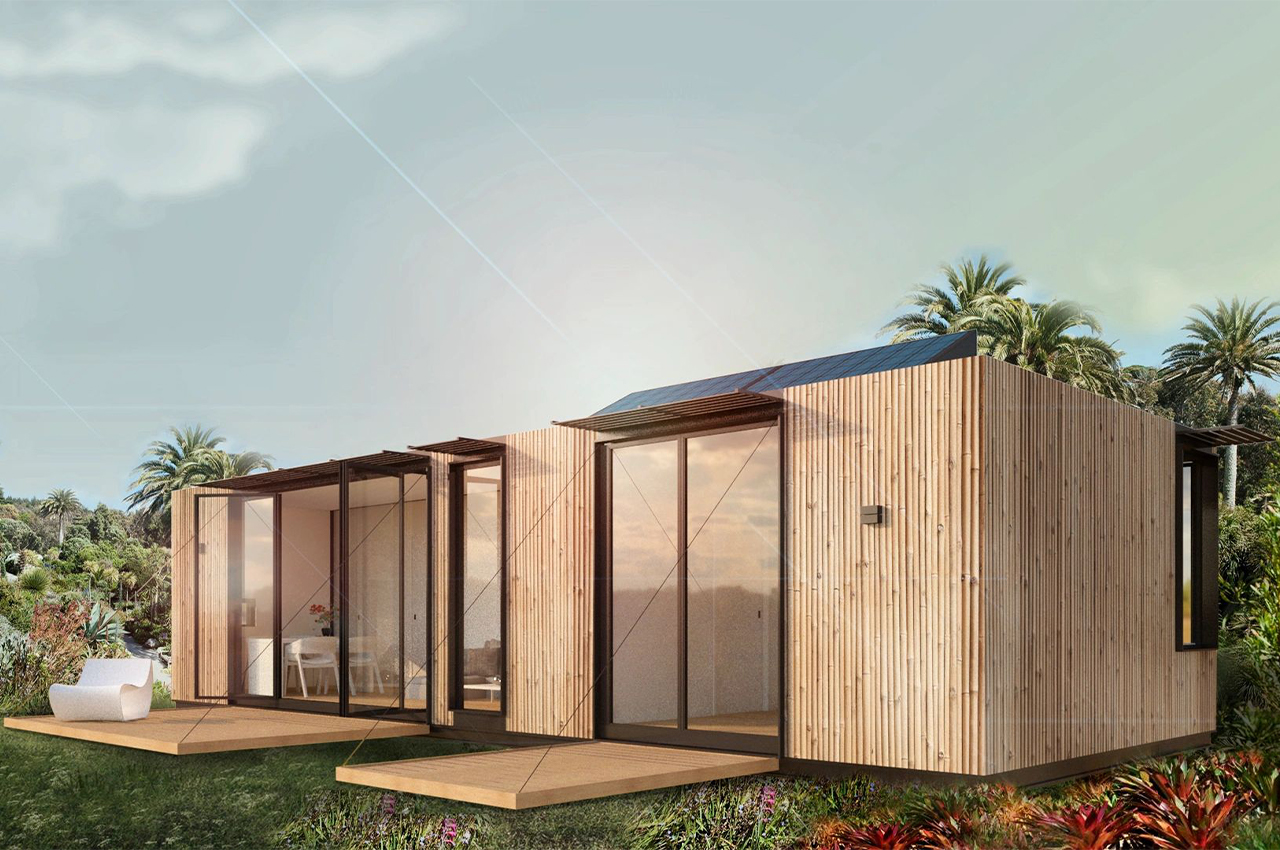
Prefabricated architecture has been gaining a lot of popularity and momentum recently! It basically involves making buildings or building various components at a particular location, one that is better suited for construction, and then once completed, transporting it to the final site or location. Prefab architectural designs have a multitude of benefits – they keep costs down, ensure projects are more sustainable and efficient, and they also prioritize and pay attention to simplicity and modularity.
Meet ARCspace, a modular architecture firm that is constantly creating innovative designs and material development to do its part in curbing the emissions for their industry using sustainable, affordable, prefabricated homes. All structures are prefabricated for highly efficient and quick builds which reduce emissions and minimizes waste. ARCspace reports the buildings are “spec-built from the ground up in 40-60% less time and cost than traditional construction.” Residents can fully customize their tiny homes or even scale up to the size of traditional homes and have a huge range of interior design details to choose from including optional elements that provide off-grid power and water. Some homes feature self-contained atmospheric water generators called Hydropanels that are grid-independent and pull a few liters of drinking water out of the air each day.
3. DIY Architecture
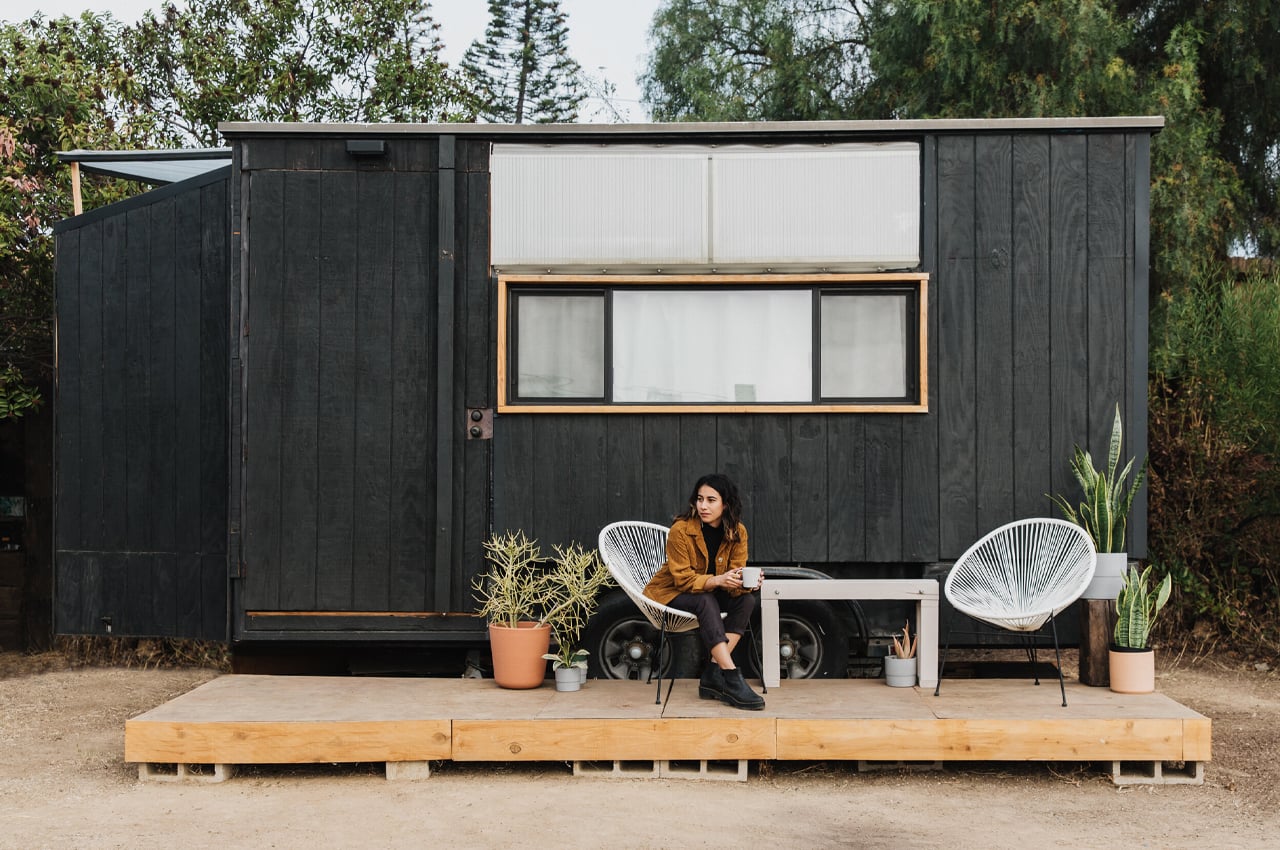
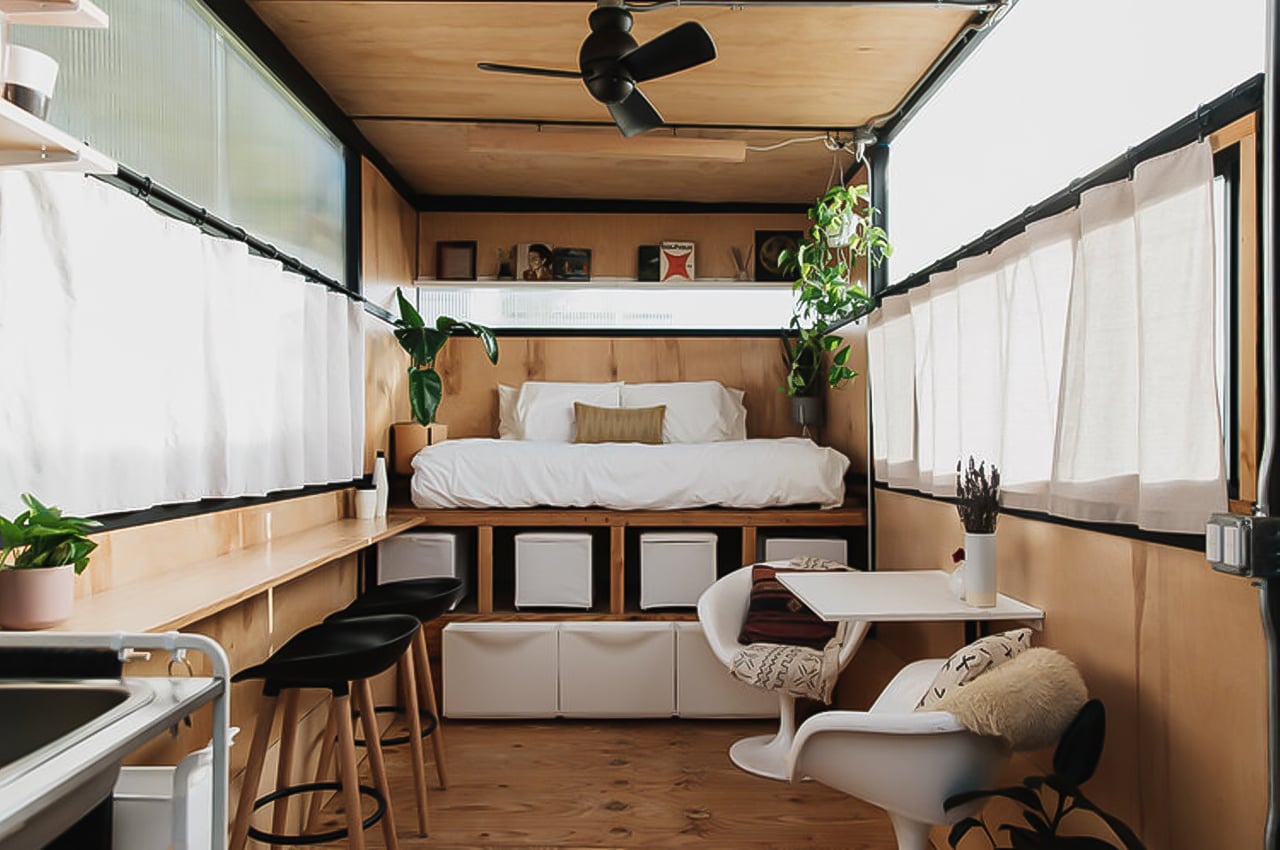
There’s a new trend in architecture, and honestly, we completely approve of it – it’s DIY! Imagine building up and creating your own home or holiday cabin! How awesome would it be to lounge about and live in the fruit of your own efforts? And don’t worry these architectural designs don’t require too much of an effort either! These simple DIY structures are often flat-packed or come with a complete kit that helps you with the entire step-by-step process. DIY architecture proves not only how simple and economical this technique is, but also how much construction waste and unnecessary materials it cuts down on!
Lola is a tiny home on wheels that’s part of designer Mariah Hoffman’s larger multi-disciplinary design studio and brand Micro Modula, one that explores “home, place, and the self.” Over the span of five years, Hoffman gradually transformed an old utility trailer into a 156-square-foot mobile tiny home. Born out of a daydream to build her own home, Hoffman built Lola to “learn all the necessary skills for [her] personal and creative survival.” Particularly spurred by the essentialist edge of desert modernism, Hoffman turned to construction materials that aesthetically met the bill and also provided some functional elements for the home to brace the seasons as well as the local critters.
4. Sustainable Architecture
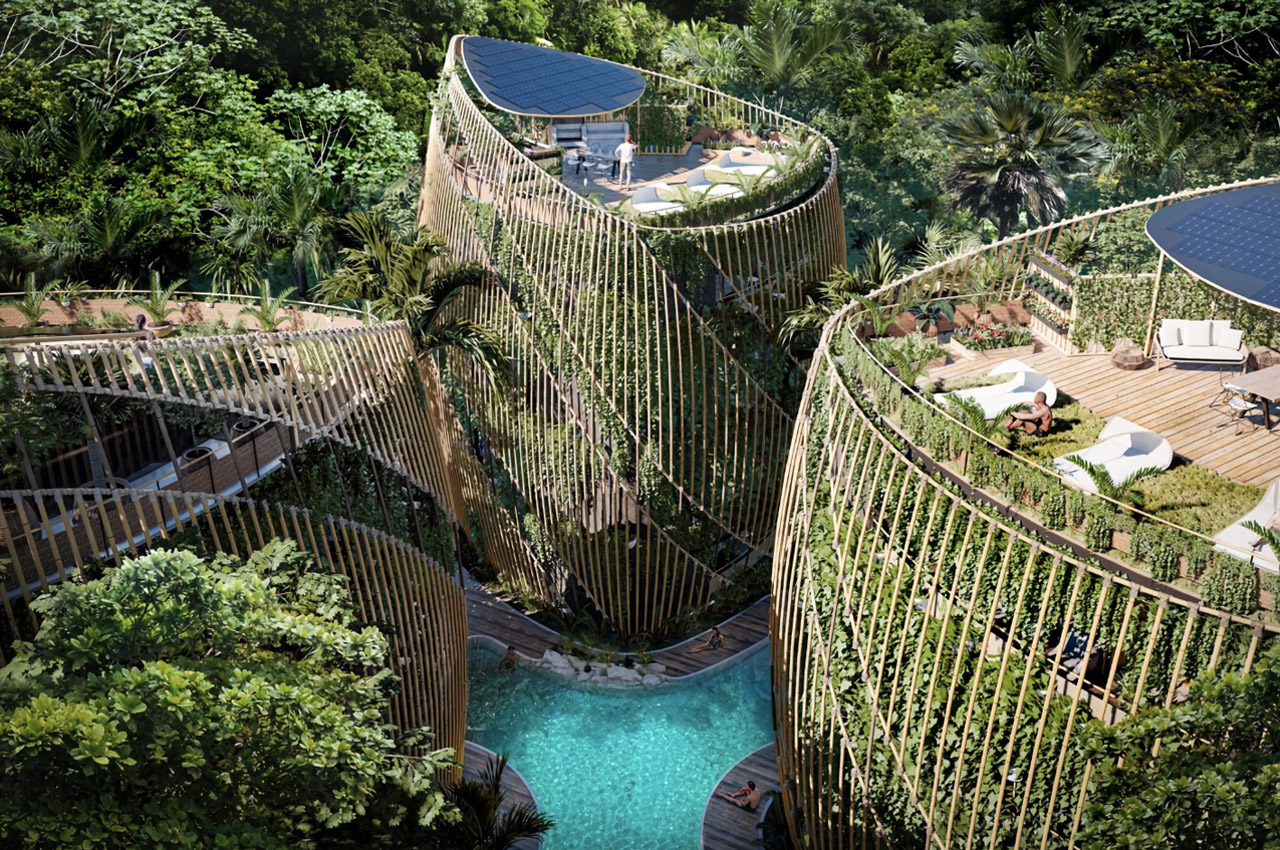
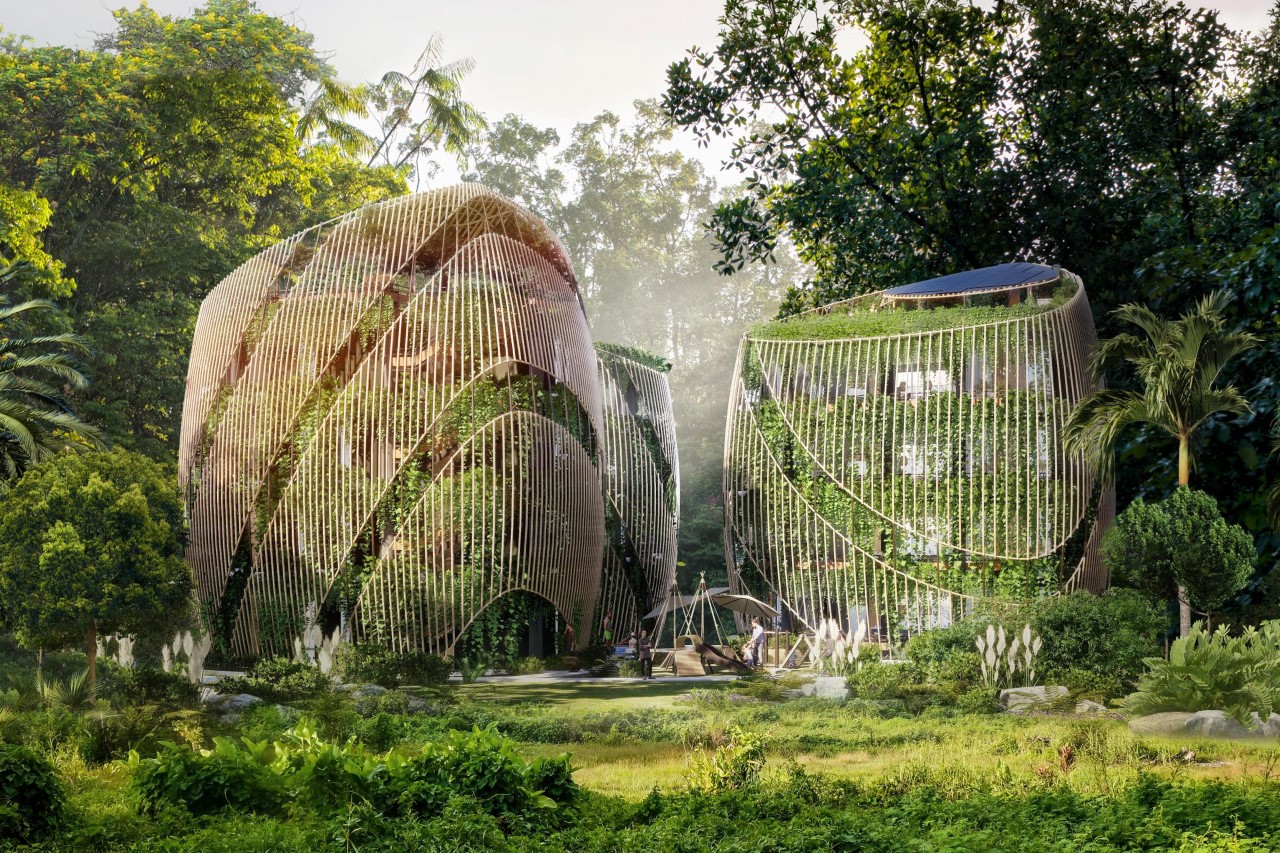
With the world turning topsy turvy since the pandemic hit us, living in a sustainable, conscious, and smart manner has never been more imperative. Our homes should seamlessly integrate with, and nourish the planet, not drain her resources and reduce her lifespan. Being at one with Planet Earth, while taking rigorous care of her has never been more of a priority. In an effort to encourage an eco-friendly way of life, sustainable architecture has been gaining immense popularity among architects! They have been designing sustainable homes. These homes aim to harmoniously merge with nature, co-existing with it in peace, and allowing us to live in equilibrium with the environment. They reduce their carbon footprint and encourage a sustainable and clean lifestyle
Designed by Mexico-based Sanzpont Arquitectura, ‘Living In The Noom’ puts you in the lap of nature and luxury. Its sanctuary-esque design focuses on three broad pillars – Wellness, Sustainability, and Flexibility. The community features multiple 4-storeyed houses with a uniquely alluring triangular shape, characterized by vertical bamboo channels and a vertical forest growing on the outer facade of the building. Finally, the structure culminates in a terrace on the fifth floor that has solar panels for harvesting energy, and an urban garden where the residents can grow their own food. The project integrates bioclimatic and sustainable strategies such as rainwater harvesting, wastewater separation, wetland for greywater treatment, biodigesters, compost area, and more notably the vertical forest on the outside of each building, which aside from providing a touch of greenery, also filters/purifies the air coming through into the house, and helps reduce the temperature of homes – a phenomenon more commonly known as the Heat Island Effect.
5. 3D Printed Architecture
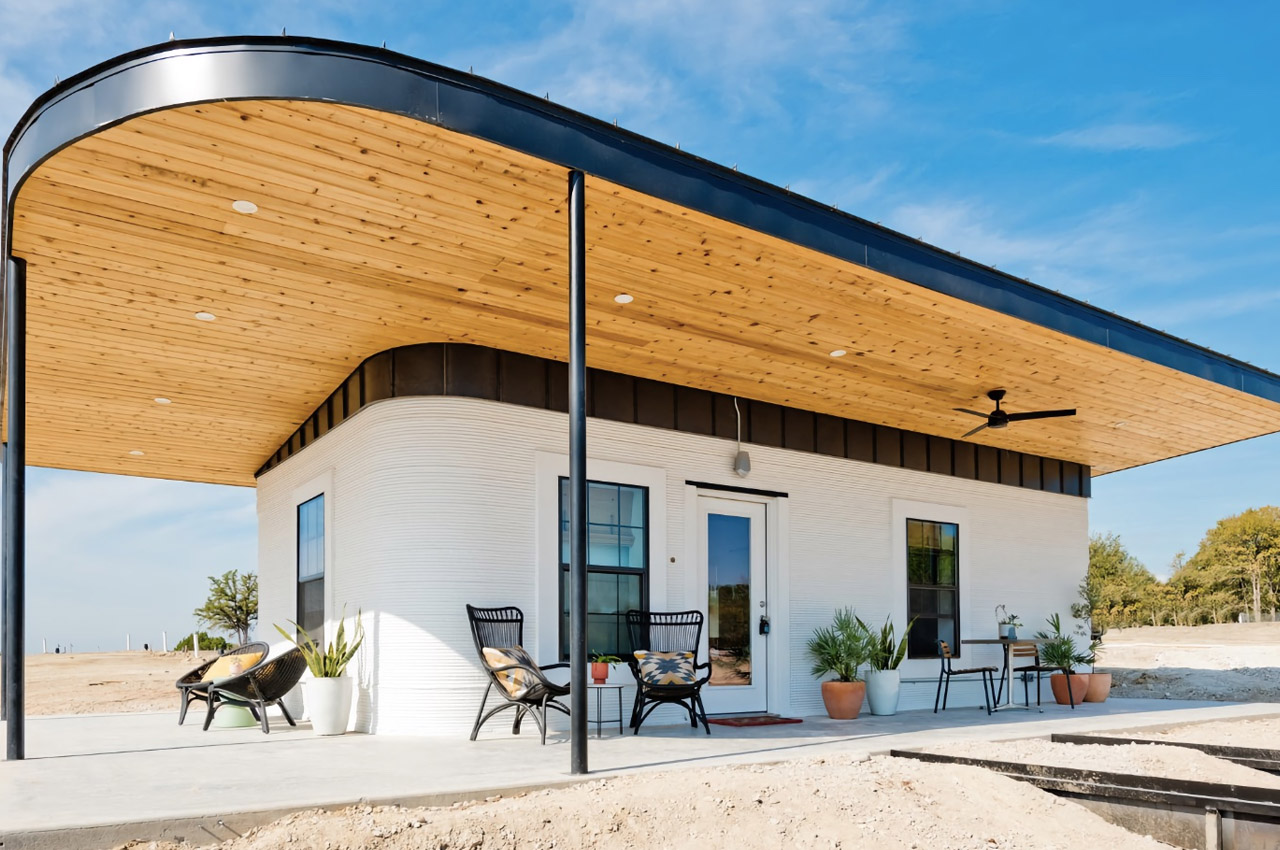
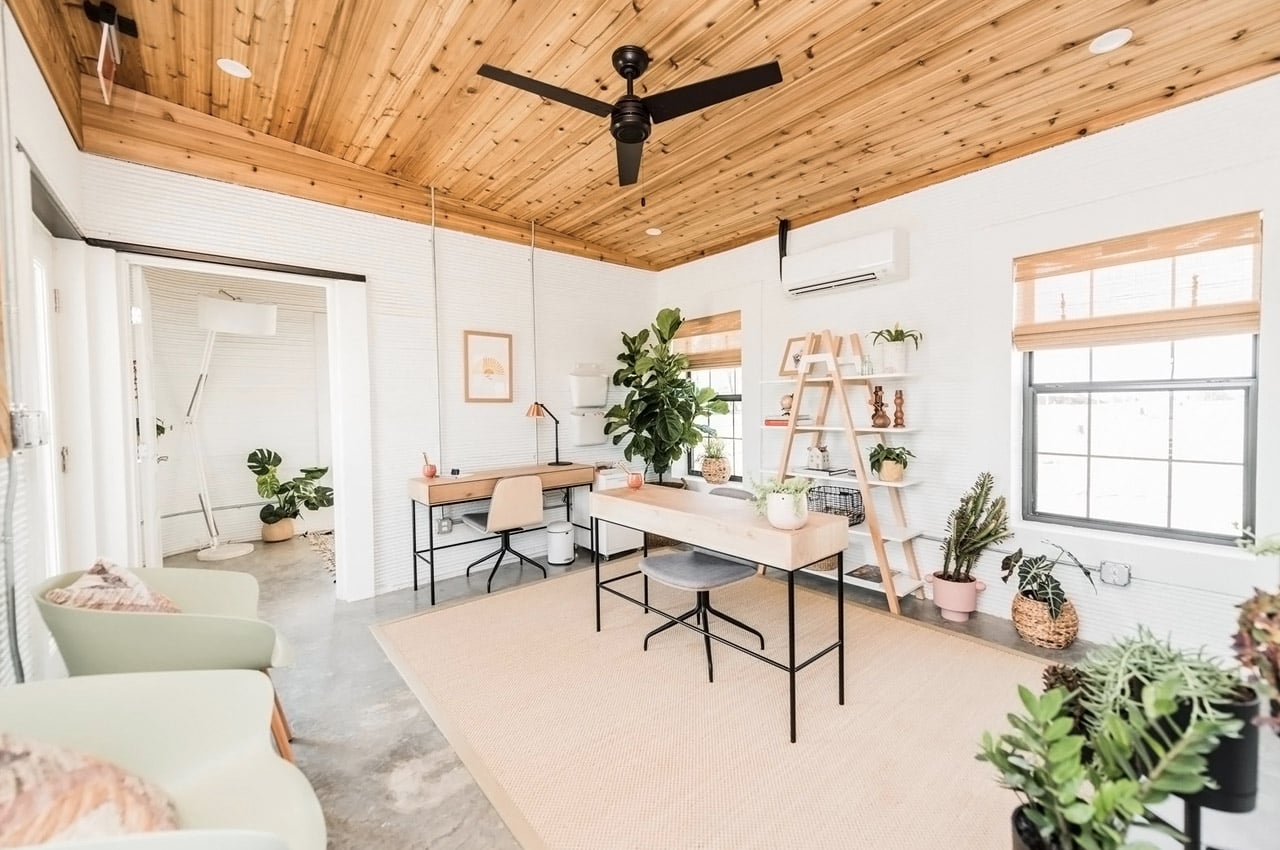
Nowadays almost everything is being 3D printed, so why should architecture be an exception? Many architectural firms are adopting 3D printing as their preferred technique to build structures. And 3D printed architecture is slowly but surely gaining a lot of popularity and momentum. This emerging trend is paving a path for itself in modern architecture. And I mean, no wonder, it has a ton of benefits! It’s a simple, efficient, and innovative technique that lowers the risks of errors, and also manages to save on time. 3D printing eradicates a lot of tedious steps during the construction process and simplifies it. It is being used to build homes, habitats on Mars, and even floating islands! The potential and possibilities of 3D printing in architecture are endless and mind-blowing.
ICON 3D printed a 500 square foot structure which only took 27 hours of labor to construct. It will function as a welcome center at Austin’s Community First! Village – which will serve as affordable housing for men and women coming out of chronic homelessness. Six more 3D printed homes will be added to the development by ICON! The homes will be built using a proprietary concrete called Lavacrete, alongside the use of automated machinery and advanced software. The newly printed house features accents of black, white, and natural wood, creating a clean and minimal space that is aesthetic to live in!
6. Solar-powered Architecture
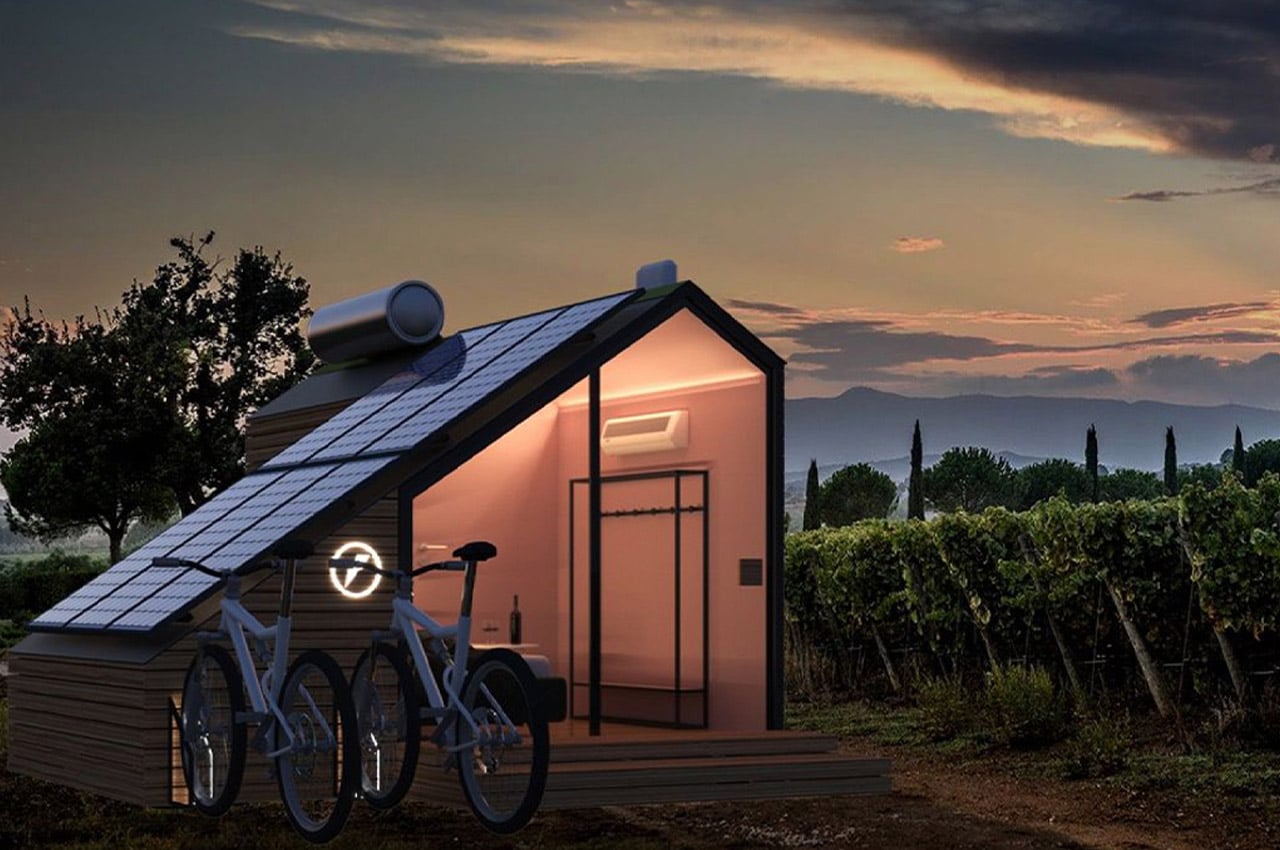
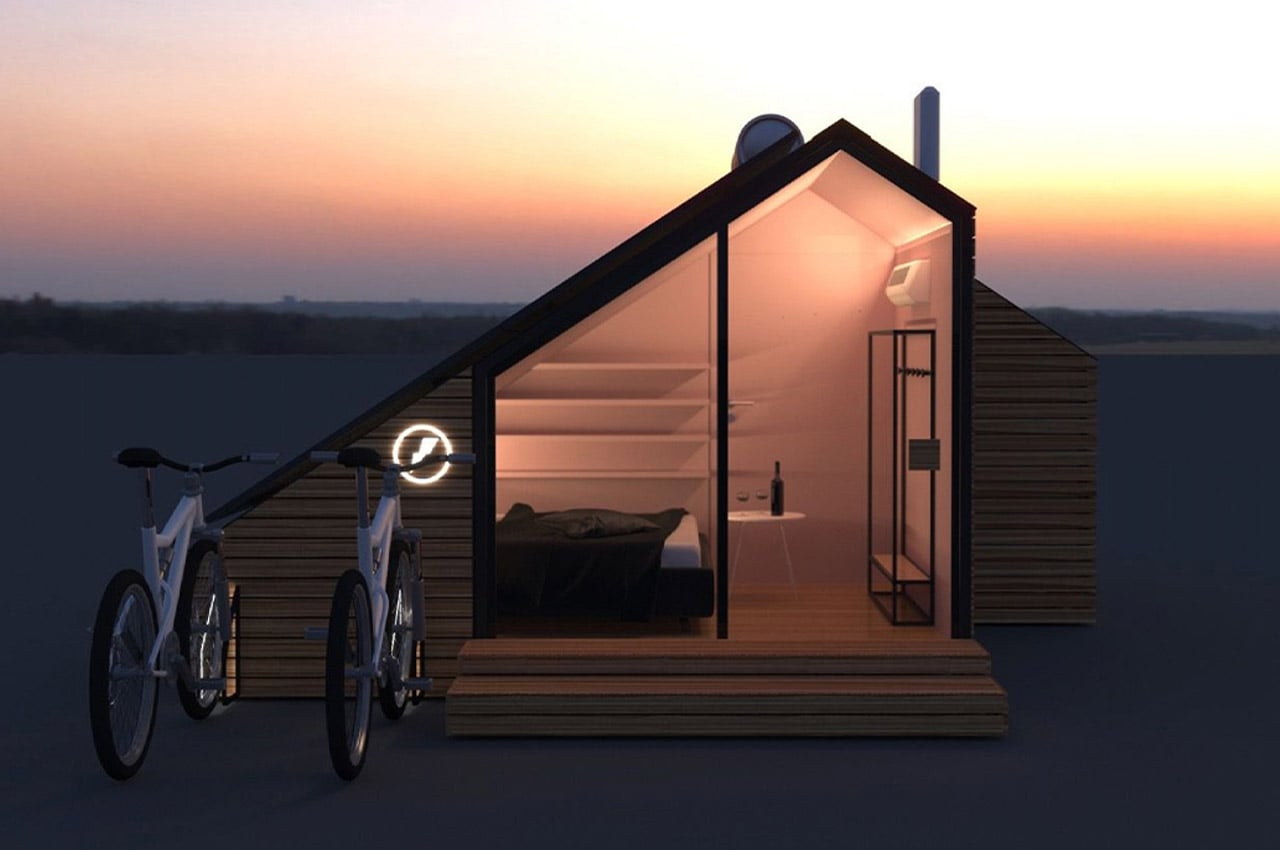
Solar power is an amazing source of energy and a sustainable and cleaner alternative to fossil fuels. Today solar energy is being used to power almost everything – from tiny battery packs to whole houses! There are no exceptions. And solar-powered architecture seems to be the new craze these days and a very green one too! From holiday cabins to tiny homes, solar energy is being used to power and support all kinds of architectural structures. These structures coexist in harmony with their surroundings and do not drain but in fact, respect the natural environment around them!
E-glamp is a product/service that has been designed to boost economic and tourist development in rural areas. Think of it as an Airbnb-style tiny house merged with a biking network like Bird or Lime. It is an integrated system of modern cabins that are all independently powered by solar panels. These tiny homes are also fitted with smart tech and are connected to the e-bike system which encourages carbon-neutral exploration of the landscape. Biking not only helps to maintain the pristine air quality of the rural area but also helps in getting an enjoyable workout in. All the E-glamp houses are modular, movable, and constructed with sustainable materials like timber. Along with solar panels, it will be interesting to see how the design is able to also repurpose and reuse rainwater for the guest’s needs.
7. Scandinavian Architecture
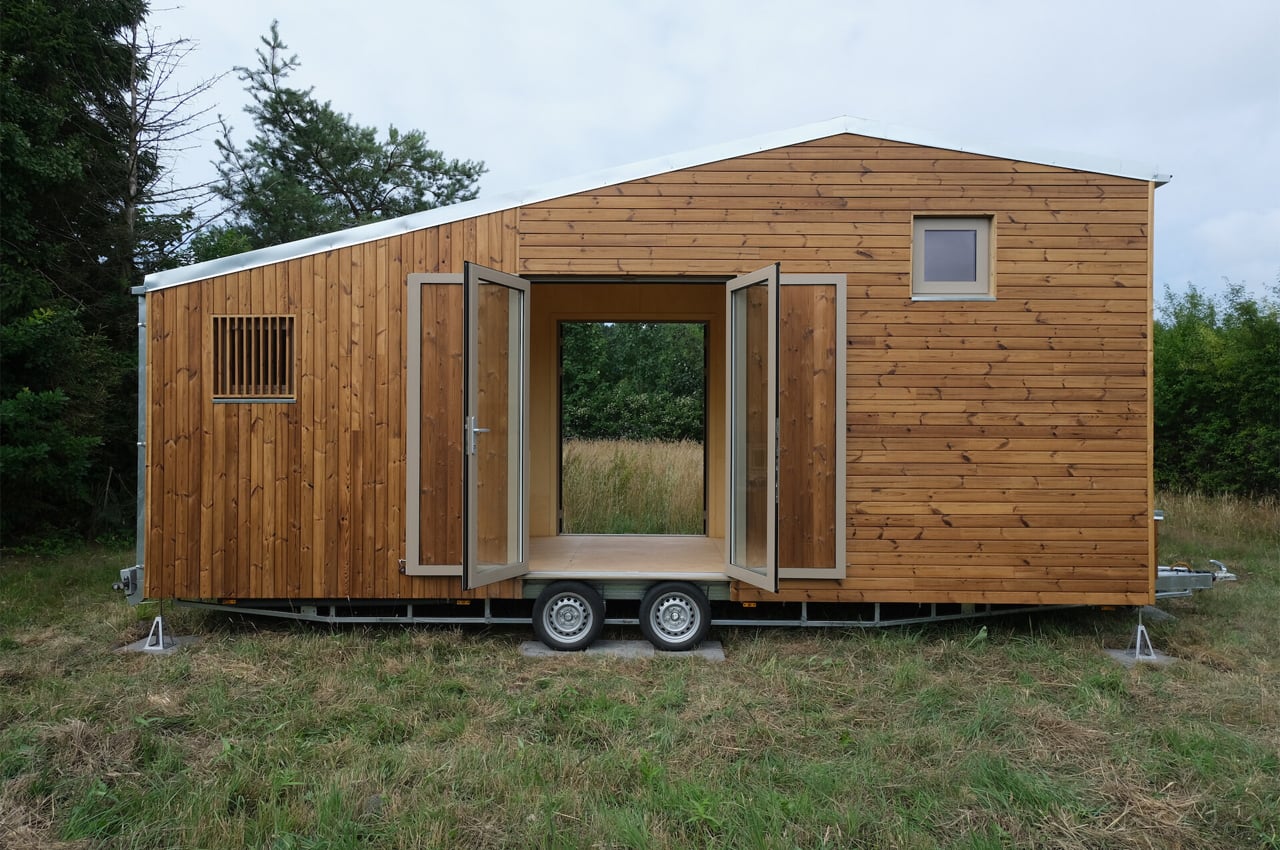
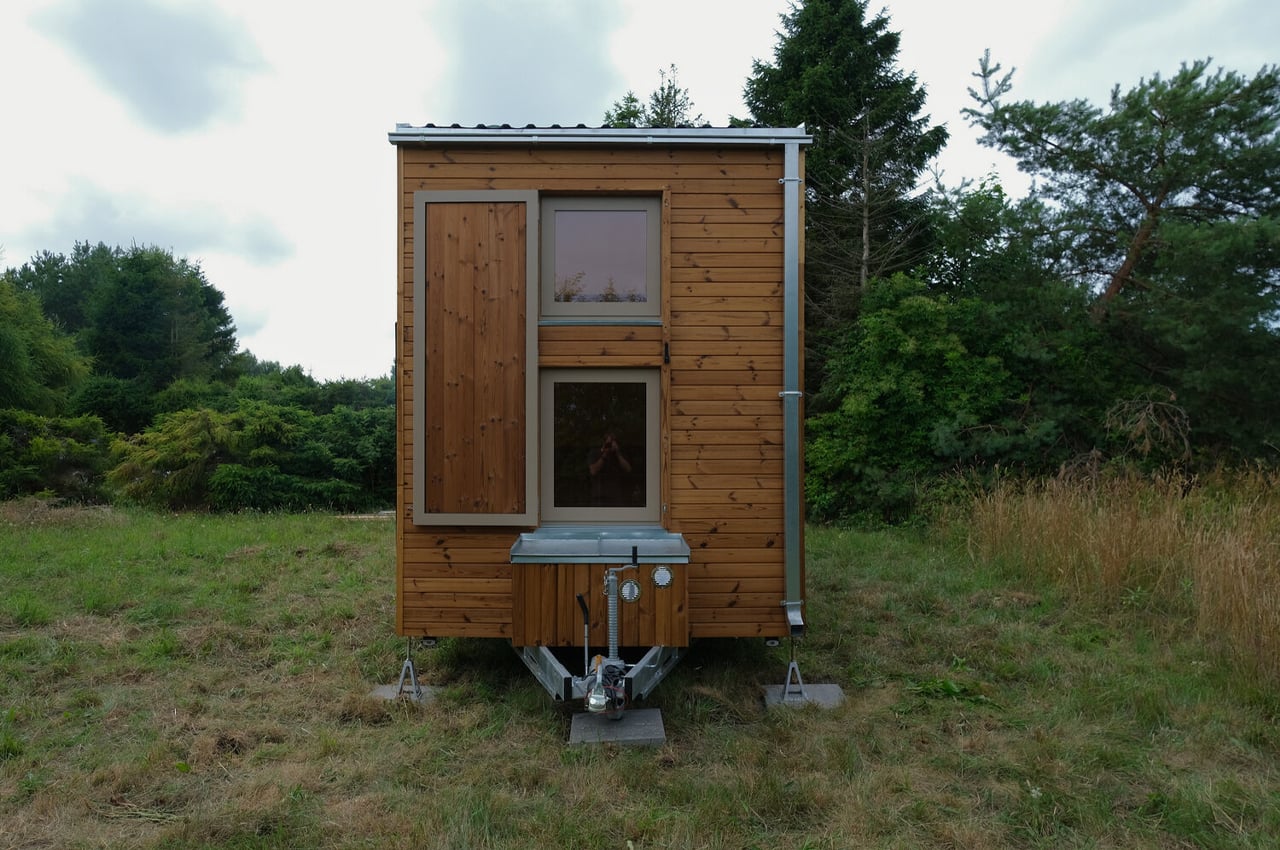
Scandinavian designs always manage to be minimal, quaint, and awe-spiring, whether it’s a product design, interiors, or especially their architectural designs. The Scandinavian architecture will always leave you with a warm feeling in your heart, and intense admiration for the attention to detail, and the delicate touches each structure consists of. Scandinavian-inspired cabins are my all-time favorite, every time I come across one, I feel like tossing everything aside and embarking on a cabin vacation! But Scandinavian architecture extends beyond these cabins and encapsulates much more. However, the quintessential usage of dark wood, the minimal vibe, and an eco-friendly and sustainable attitude while building something, remain common in most of their designs.
Poland-based Redukt, a tiny mobile home company, found sophistication and an open-plan layout through simplistic and versatile design for their off-grid-prepared tiny home on wheels. Prepared for all elements, Redukt’s tiny home on wheels is thermalized with oiled pine boards that give the home a tidy, yet natural personality. Dissolving the barrier between the outdoors and interior space, the tiny home comes with twin glass doors that are just short of reaching floor-to-ceiling heights.
8. Floating Architecture
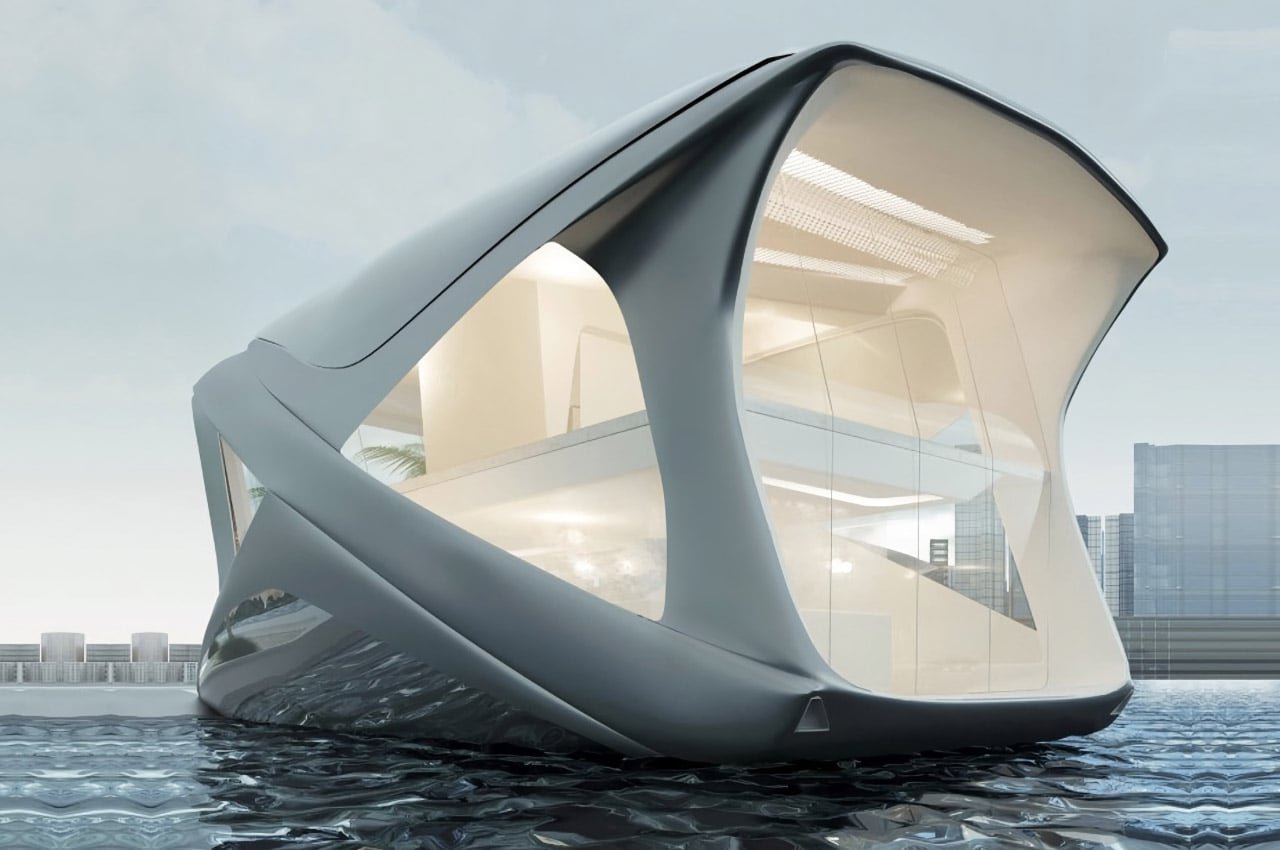
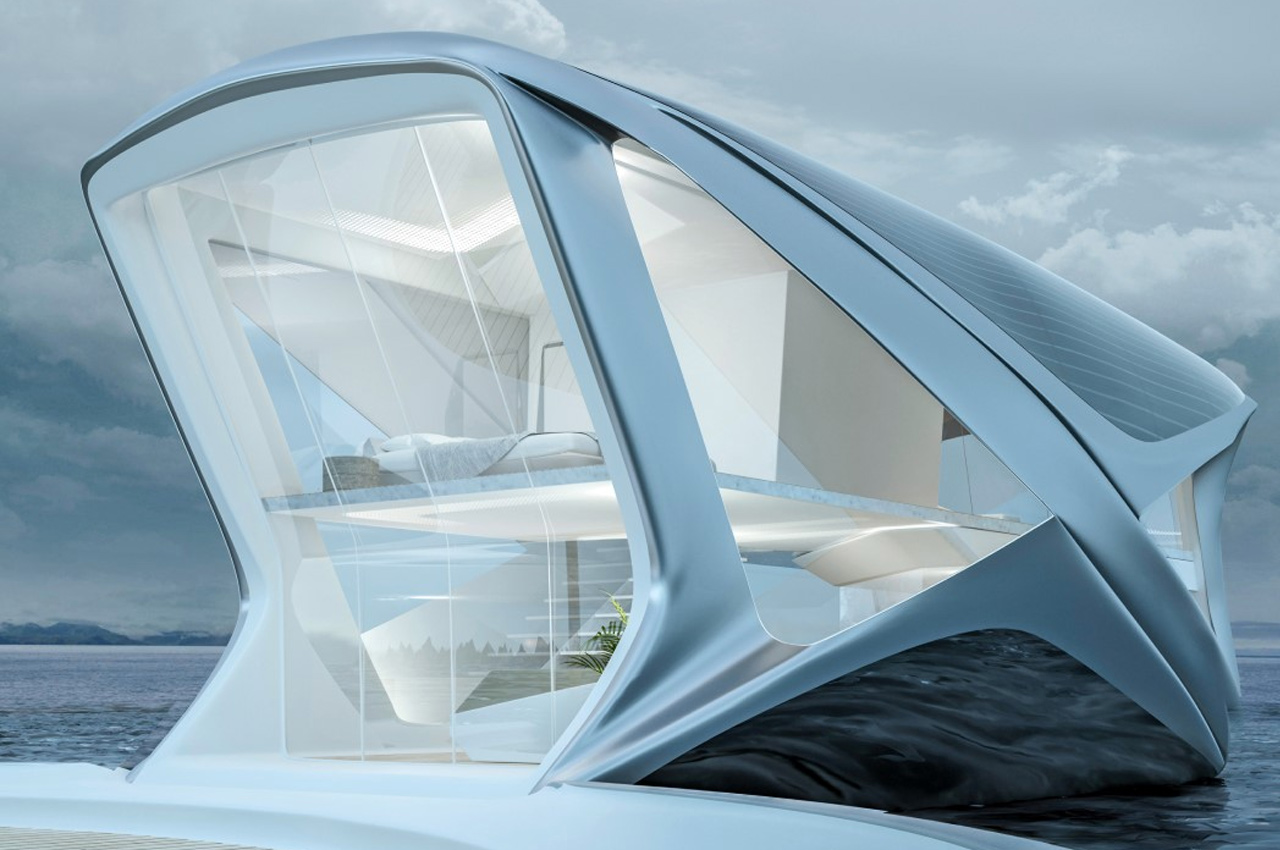
Global warming is no joke, and with climate change becoming a reality, and sea levels steadily rising, there may come a time when floating structures may be the only kind of architecture that can exist. We will have to make the shift from land to water, but hopefully not anytime soon. And architects are taking this task extremely seriously! They’re getting even more creative and inventive with floating architecture! Hotels, cinemas, man-made islands, and even greenhouses can be seen idly floating on water bodies all over the world. And I do believe there is something truly extraordinary about a structure seamlessly floating on the water without any real support. It’s a mystery to me, and I’m always trying to dive into the science of it.
The idea of the Ocean Community vessel is to extend a city’s coastline. By existing not more than 800 meters from the coast of a city, the dwellers of the Ocean Community can easily make their way to the city to access facilities and enjoy a normal city life before heading back to their sea-based home. “The creation of these new structures will serve as fully functional living spaces connected with existing land infrastructure so that new ocean communities become a natural extension of coastal cities,” says Morsztyn, designer of the Ocean Community concept. The vessels will also rely on the abundance of sun, water, and wind to harness the energy, helping them live off the coast but also off the electric grid.
9. Minimal Architecture
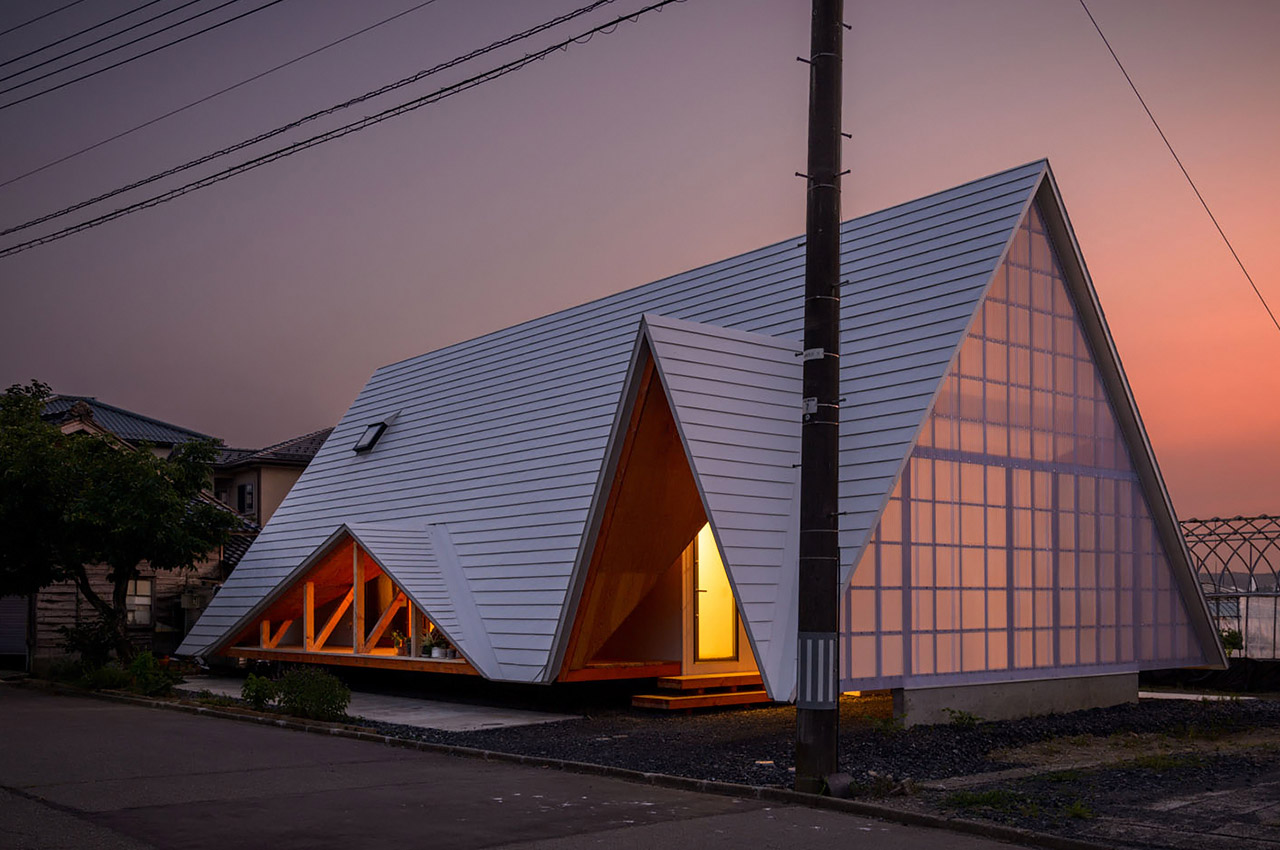
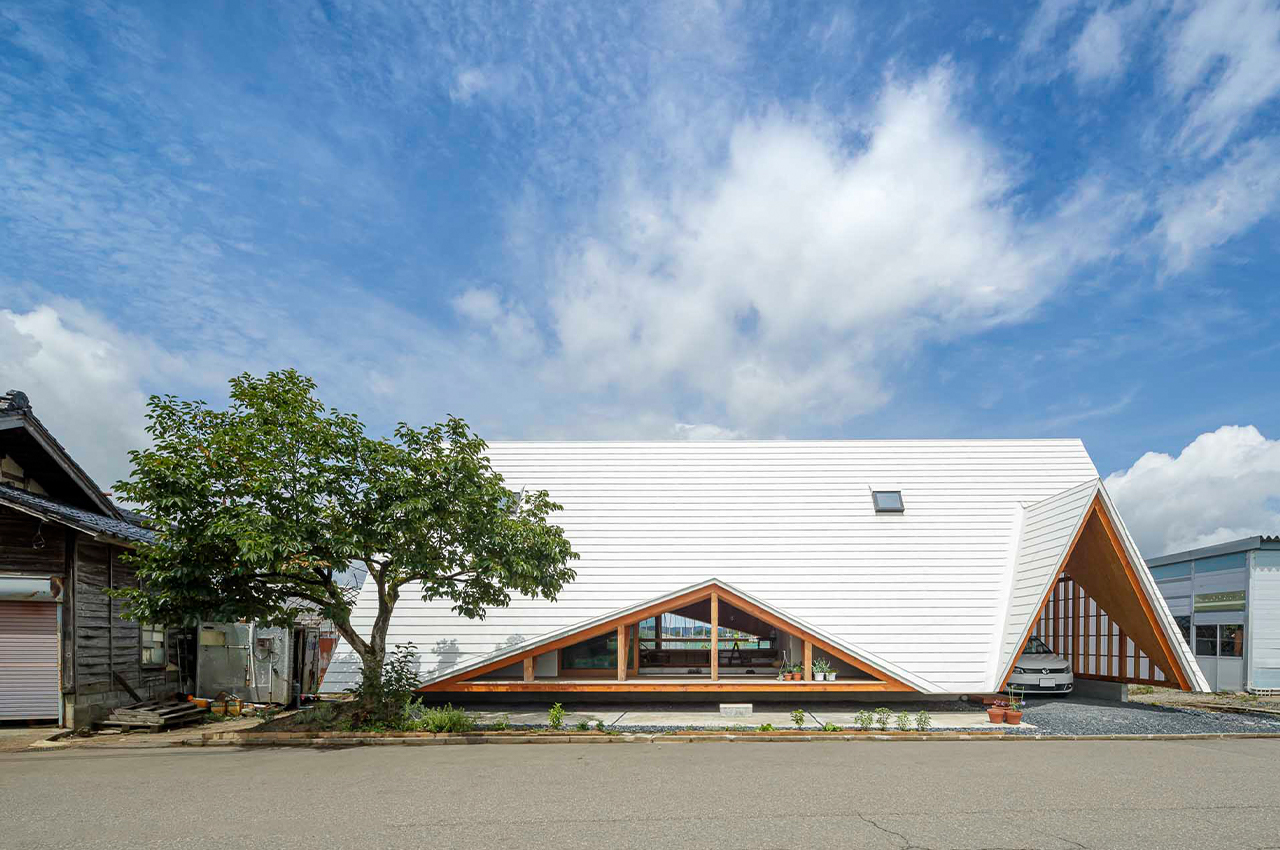
There’s something about Minimalism that simply never goes out of style! And, minimal architecture just has a soft spot in my heart! Minimal architectural designs will always leave you with a warm feeling in your heart, an intense admiration for the attention to detail, and the delicate touches each structure consists of. They’re simple but smartly designed spaces that radiate an aura of warmth and calmness.
Hara House is built out of 5-inch square timbers set 6 feet apart. A tent-like white steel rooftop the home mixes private spaces with a semipublic, open-air living and dining area – a stiff, yet giving structure that assimilates all human behaviors. “The estate already contained an assemblage of buildings and farmland that depended on one another. Our design direction was to create a home that revitalized these on-site structures and had the potential to adapt to new functions as the need or mood changed,” explains architect Takayuki Shimada.
10. Cabins
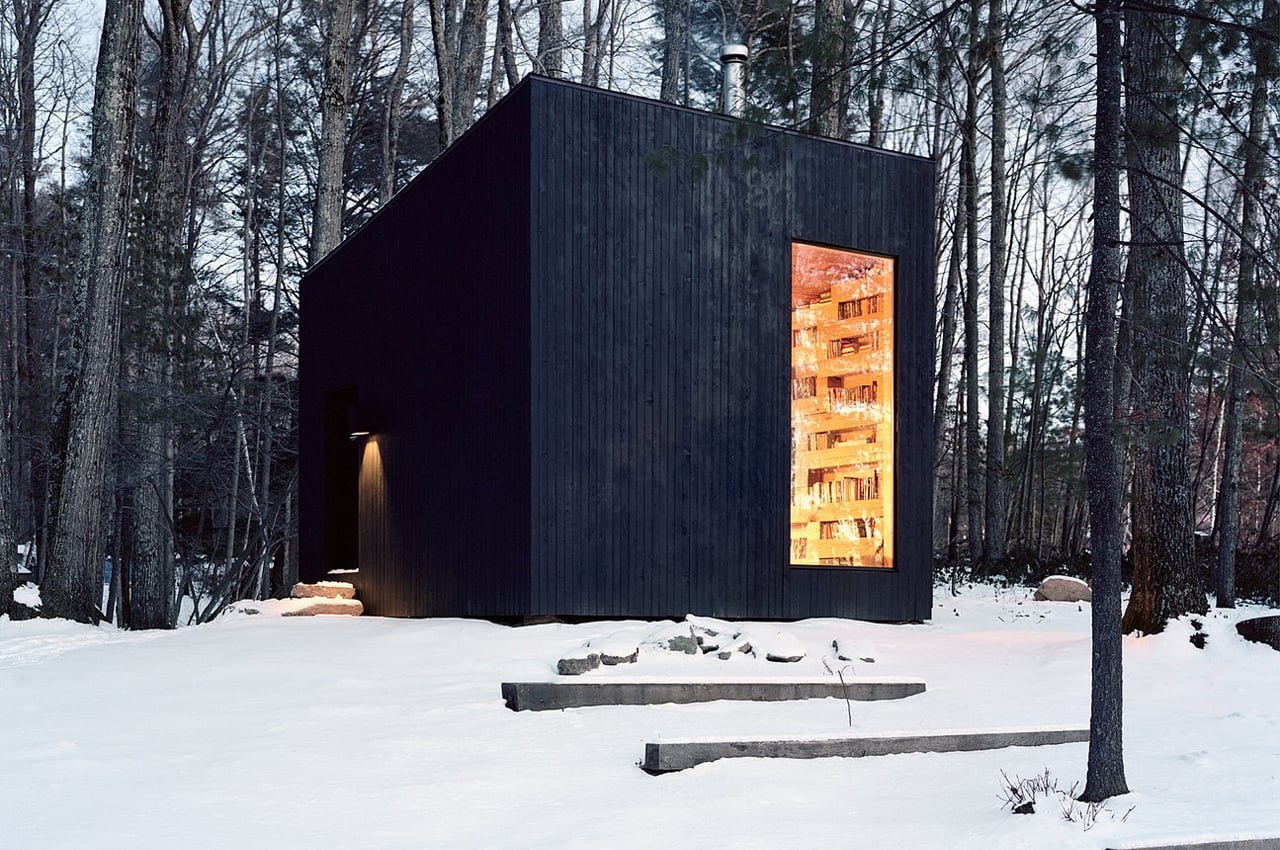
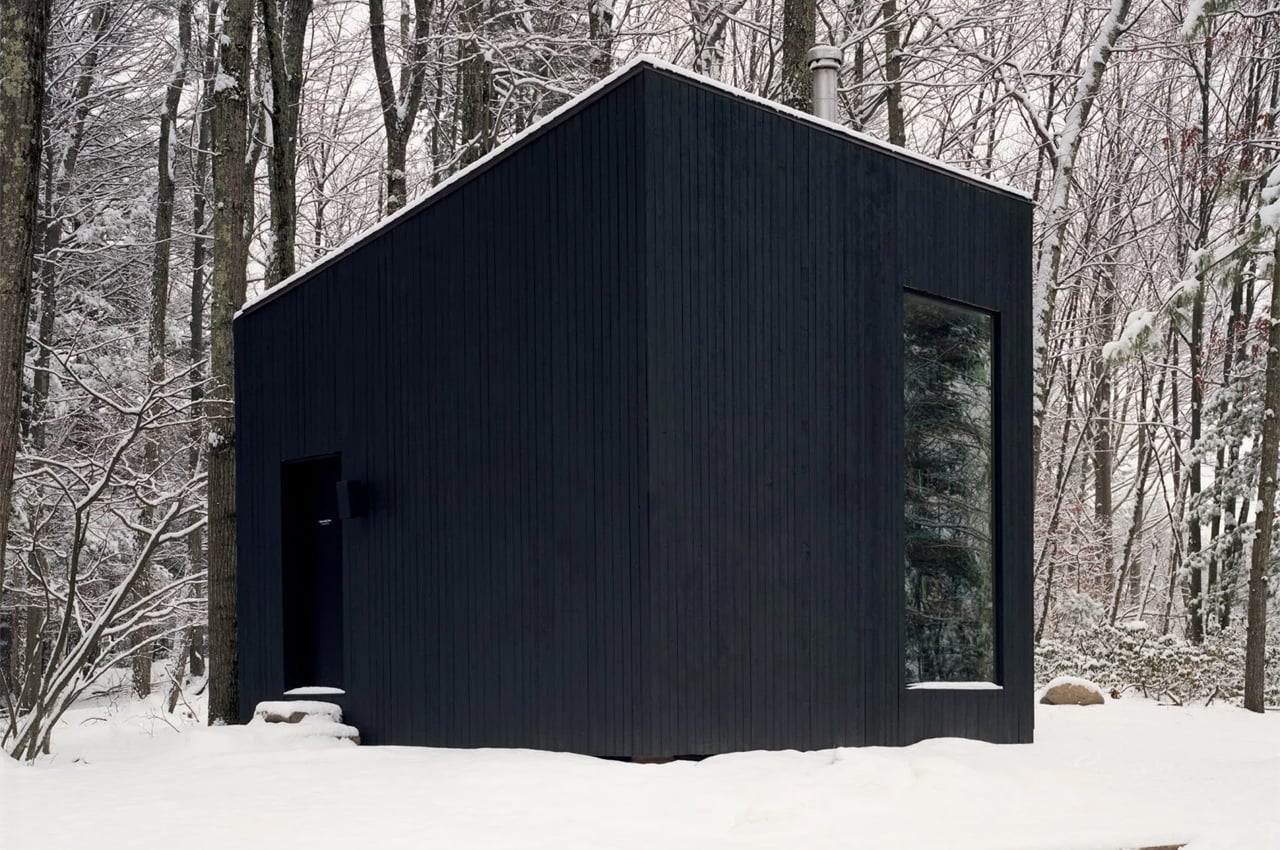
Cabins have been a relaxing and quintessential getaway option for everyone for ages galore. They’re the ultimate safe haven in the midst of nature, if you simply want to get away from your hectic city lives, and unwind. If you want a simple and minimal vacation, that lets you truly connect with nature, without any of the materialistic luxuries most of us have gotten accustomed to, then a cabin retreat is the answer for you!
Calling the bookworm’s oasis Hemmelig Room, or ‘secret room’ in Norwegian, Studio Padron built the entire tiny cabin from disused mature oak trees that were felled during the main home’s construction. From the outside, Hemmelig Room finds a geometric structure clad in blackened timber. Following the main home’s construction process, the felled oak trees were cut into large, rectangular log sections that were left to dry over several years before building Hemmelig Room. Inside, the blackened timber reveals the oak tree’s raw, polished form. From top to bottom, Studio Padron outfitted Hemmelig Room’s interior in nonuniform timber panels that merge with cavities to create bookshelves.
The post Top 10 architecture trends of 2022 first appeared on Yanko Design.
Tidak ada komentar:
Posting Komentar